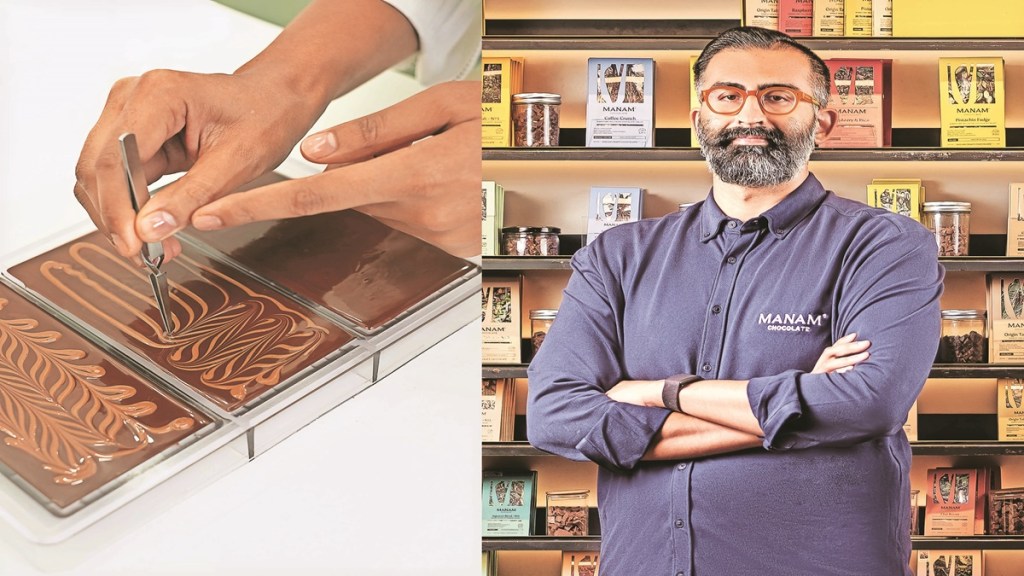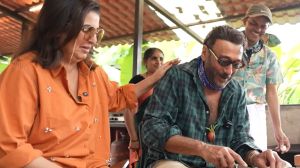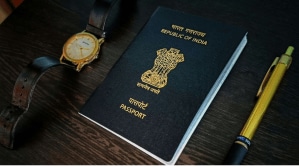Attending a chocolate profiling session with Chaitanya Muppala is an experience in itself. The founder and CEO of Manam Chocolate, India’s first craft chocolate brand based in Hyderabad, not only tells you how to truly enjoy a craft chocolate but also offers flavourful notes that linger on, long after you’ve left the place. Sample this: “You let it (chocolate) melt on your tongue and not bite. If you eat chocolate too fast, the nuanced flavour notes won’t fully develop.”
“Every bean has a story to tell,” adds Muppala, India’s first and only level-3 certified chocolate taster from the International Institute of Chocolate and Cacao Tasting in the US, who was recently in attendance at his brand’s newly opened store-cum-café in the national capital.
“You can taste the terroir, the soil, the climate. It’s not just sweet—it’s a conversation. If you are thinking all chocolates taste the same, craft chocolate will challenge that notion, deliciously. A good dark chocolate should not have more than four to five ingredients,” he offers.
In an age of food revolution, where sourdough starters and single-origin coffee reign supreme, another artisanal contender—craft chocolate—has been quietly winning hearts, and taste buds alike. Muppala has been working closely with over 150 farmers and fermenters in Andhra Pradesh’s West Godavari district to put Indian-grown cacao on the global stage. Launched in August 2023, the brand has already made it to the coveted Time Magazine’s annual list of the World’s Greatest Places in 2024.
“We work directly with these farmers, specifically cultivating cacao, to ensure the fruit is not only of the highest quality but also ethically grown and harvested,” says Muppala. That connection to origin is the soul of craft chocolate. “Rather than the homogenised sweetness of supermarket brands, craft chocolate celebrates complex flavour profiles born from careful roasting, minimal ingredients, and even fermentation processes,” he explains.
Unlike mass-market chocolate, which often relies on industrial-scale production and questionable sourcing, craft chocolate is about transparency, artistry, and traceability. So the moment you enter the Manam Chocolate store in Delhi, there’s detailing in every bit and bite. A luxe-chocolate-factory-like setup is a key visual element where ingredients like 40% creamy white chocolate or 67% dark chocolate from West Godavari are piped out and flown down to the store.
With over 300 expressions of cacao in the form of chocolates, patisseries, beverages, snacks, and gifting, among others, to target different consumer behaviours, you can even look at a live telecast of chocolate-making from the Karkhana (chocolate-making facility) in Hyderabad. The café cuisine also hints at cacao as one of the ingredients while focusing on delicacies native to the Andhra, Telangana, Karnataka and Kerala.
Craft chocolate isn’t just about gourmet appeal—it’s also a response to a deeply problematic industry. “People want to feel good about what they eat. With craft chocolate, you’re supporting a whole ecosystem— from the soil to the shelf. We’re still in the early days. India relies on imports for approximately 70% of its cocoa needs. While domestic cocoa production is increasing, it hasn’t yet caught up with the rising demand from the Indian chocolate and confectionery industry,” adds Muppala, who has seen 150% y-o-y growth in business.









